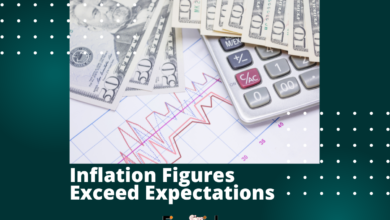Can You Finance Furniture with Bad Credit? Unlocking Possibilities

Furnishing your home can be an exciting yet daunting process, especially when your credit score is less than perfect. The question that often arises is, “Can you finance furniture with bad credit?“ The answer is yes, and there are multiple avenues to explore. In this detailed guide, we delve into the realm of financing furniture with bad credit, providing insights and tips to help you make informed decisions.
Credit Scores: The Gatekeeper
Your credit score acts as a financial report card, reflecting your history of borrowing and repaying debts. A FICO score below 580 generally falls under the “bad credit” category, indicating a higher risk of missed payments for lenders. Understanding this score’s impact is crucial for making informed financing decisions.
Why Finance Furniture?

Financing allows you to spread the cost of furniture over time, making it easier to fit these essential purchases into your budget. This section will discuss the advantages of financing, such as:
- Affordability: Break down large furniture costs into smaller, more manageable monthly payments.
- Immediate Use: Enjoy your furniture now while paying it off gradually.
- Building Credit: Responsible on-time payments can help improve your credit score over time (applicable to certain financing options).
Financing Options for Less-Than-Perfect Credit
Even with bad credit, there are financing routes you can explore. We’ll delve into these alternatives:
- No Credit Check Financing: This popular option bypasses credit score checks, but often comes with higher interest rates and shorter repayment terms. We’ll explore the workings, benefits, and potential drawbacks of no credit check financing.
- Secured Loans: These loans use an asset like a car title as collateral, potentially offering lower interest rates compared to no credit check options.
- Online Lenders: Certain online lenders cater to borrowers with bad credit. We’ll discuss how to find reputable online lenders and navigate this option cautiously.
Demystifying No Credit Check Financing
Given its popularity, we’ll dedicate a section to understanding no credit check financing in detail. This part will cover:
- How it Works: The process of applying and qualifying for no credit check financing.
- Advantages: The convenience and immediate access to furniture you might not be able to afford upfront.
- Drawbacks: The potential for higher interest rates and shorter repayment terms, which can make financing more expensive in the long run.
Choosing the Right Financing Option for You

Selecting the most suitable financing option requires careful consideration. This final chapter will guide you through the decision-making process, including:
- Comparing Offers:
- Interest Rates: This is the cost you pay on your loan, expressed annually. It tells you how much extra you’ll pay to repay the loan. Generally, the lower the interest rate, the better.
- Repayment Terms: This determines how long you have to repay the loan and how often you’ll make payments. Payments can be monthly, quarterly, or annually. Shorter terms require higher monthly payments, while longer terms have lower monthly payments but may end up costing more due to compounded interest.
- Fees: These are additional costs like loan origination fees, appraisal fees, or early payment penalties. Different lenders may have different fees, so factor them all in when comparing offers.
- Understanding the Fine Print:
- Financing agreements are legal documents, and it’s crucial to read all the details carefully. Here are some key points to look for:
- Annual Percentage Rate (APR): This is a more comprehensive figure than the interest rate. It expresses all loan-related fees in the agreement as a yearly percentage on top of the interest rate. APR gives you a better understanding of the loan’s true cost.
- Late Payment Penalty: This is the penalty you’ll incur if you miss payments. The amount of the late payment penalty should be clearly stated in the agreement.
- Early Payment Penalty: Some loans penalize you for paying off your debt early. Check your agreement to see if this applies.
- Collateral: Certain loans may require collateral, an asset the lender can seize if you fail to repay the loan. The agreement should specify what assets can be used as collateral.
- Additional Tips:
- Get multiple quotes from different lenders and compare them.
- Don’t hesitate to ask questions if there’s anything you don’t understand in the agreement.
- Consider seeking advice from a financial professional.
This guide provides a foundation for evaluating financing options and understanding agreements. Remember, the key is to consider all factors and comprehend every detail of the agreement to find the financing solution that best suits your needs.



